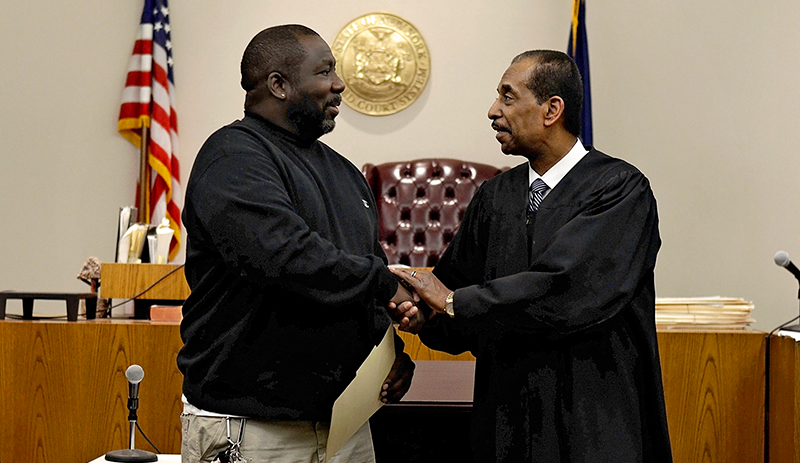)
Support Federal Funding for Treatment Courts
Treatment courts, such as drug courts and veterans treatment courts, transform the justice system’s response to substance use and mental health disorders by offering an evidence-based alternative to incarceration.

Hill Resources
FY 26 CJS Request
$89 million for drug court discretionary grant program at the Department of Justice.
$32 million for veterans treatment court grant program at the Department of Justice.
FY 26 HHS Request
$74 million for drug treatment court program at the Department of Health and Human Services.
Treatment Court Brief
Save money, cut crime, make neighborhoods safer
The Treatment Court Best Practice Standards
The blueprint for improving treatment court outcomes.